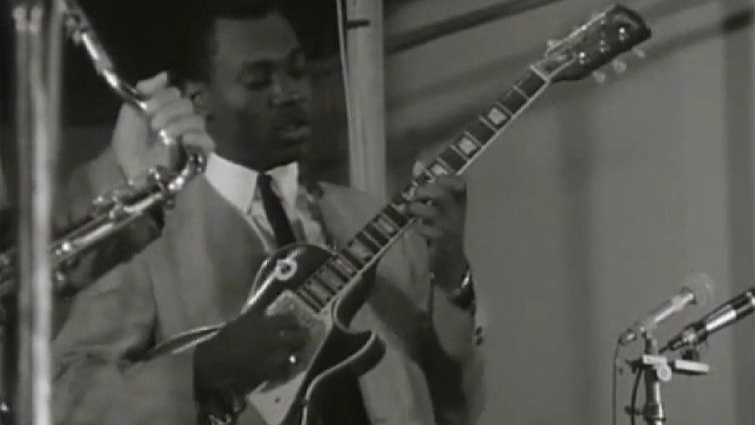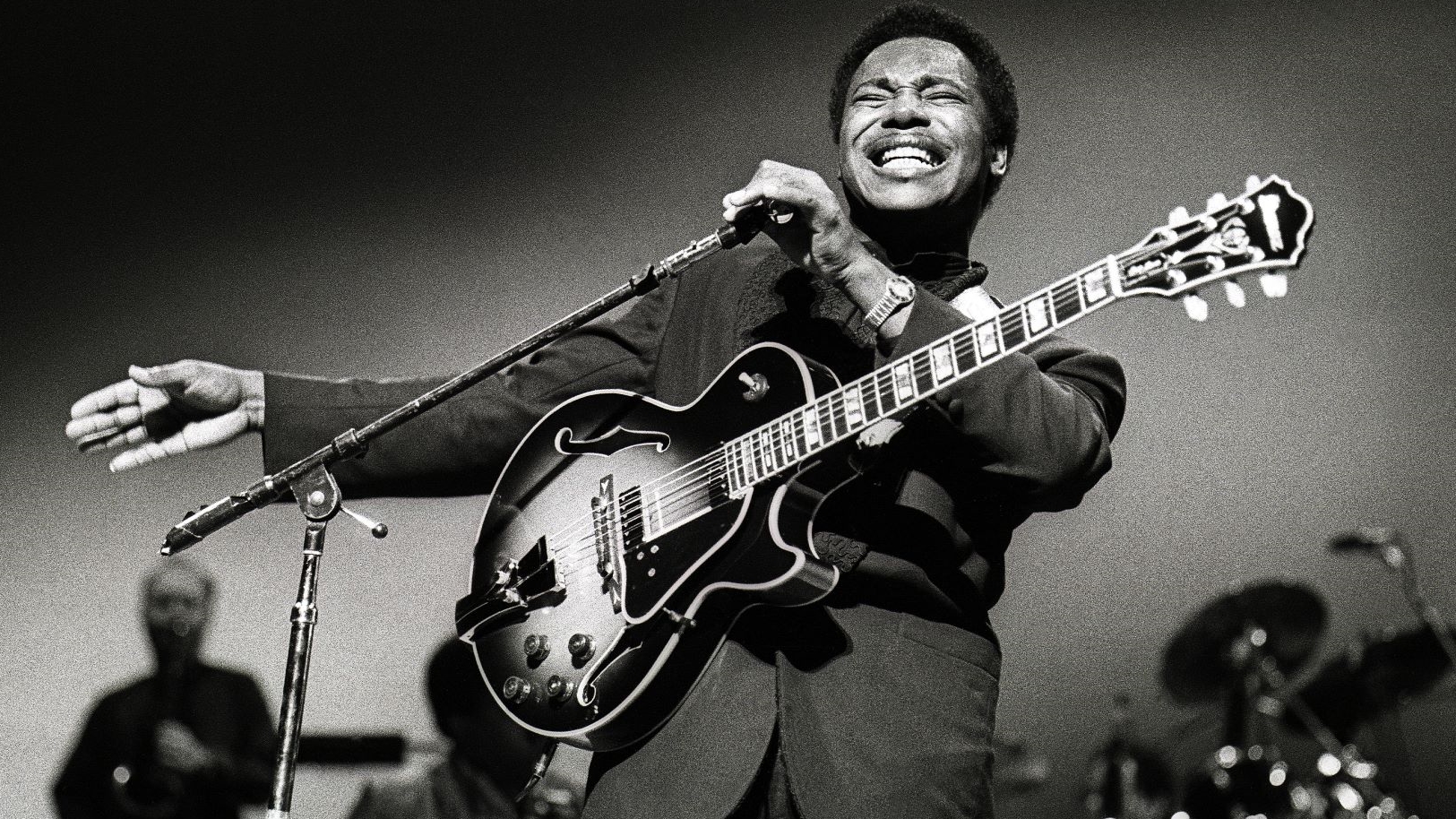Watch a 21-Year-Old George Benson Ripping Up a Gibson Les Paul Standard in 1964
Here’s why the ‘Burst is far more than just a blues-rock machine.

Keith Richards wasn’t the only one rocking a Les Paul Standard in 1964. Though the Rolling Stone did much to popularize the ‘Burst following its discontinuation in 1960, at the time it was George Benson who was seen to be really putting Gibson’s iconic solidbody through its paces.
While synonymous with players such as Mike Bloomfield, Paul Kossoff, Jimmy Page, Billy Gibbons, Eric Clapton, Gary Moore et cetera it’s easy to think of the sunburst Les Paul solely as a blues-rock machine. But it certainly wasn’t designed with that later style of music in mind.
During the pre-rock ‘n’ roll years of the early 1950s the fledgling Les Pauls were naturally aimed at the guitarist whose style was more akin to that of the instrument’s namesake. Though Les Pauls later became more strongly associated with electric blues and rock they are dynamic instruments that can easily produce the kind of rich, warm tone favored by jazz guitar players, whether sporting P-90s or (from ’57) humbuckers.

The overwhelming popularity of Gibson’s electric archtops meant their Les Paul instruments were never fully embraced by the jazz community (Fender also tried, and failed, to break into the jazz world with a solidbody during the ‘50s with the Jazzmaster.) However, as leaders of the electric guitar market the company was able to successfully apply several tried and tested concepts to their debut solidbody released in 1952.
In many ways the original Les Paul Model/Goldtop was an amalgamation of specifications inherited from Gibson electric models released earlier in 1951. For example, the glued-in mahogany neck – including the headstock logo and crown inlays, trapezoid fretboard inlays, and single-bound rosewood fretboard – is virtually identical to that of the CF-100E. Meanwhile, plastic pickup covers notwithstanding, the same dual P-90 configuration and electronics/controls feature on the first incarnation of the L-5CES and Super 400CES flagship guitars.

That leaves us with the Les Paul’s body, which was its USP by virtue of a solid construction. While Gibson guitar bodies had already featured single-cutaways, carved tops, maple tops and mahogany years prior, the Les Paul body was unique in its essential blueprint.
Patently, the Les Paul is a quintessential Gibson design (with the exception of the Les Paul-designed combination bar bridge/tailpiece which was swiftly replaced by a simplified stud tailpiece in '53.)
All that said, the Les Paul remains far greater than the sum of its parts. And had it not been for Les Paul’s dogged determination to succeed with his earlier solidbody electric guitar inventions (notably the ‘Log’) – not to mention his groundbreaking playing technique and pioneering recording studio innovations – the guitar world and its pantheon of heroes might appear very different today.
Ultimately, how the design was interpreted by future artists and put to good use making music is what really matters. Speaking of which…
Get The Pick Newsletter
All the latest guitar news, interviews, lessons, reviews, deals and more, direct to your inbox!
Rod Brakes is a music journalist with an expertise in guitars. Having spent many years at the coalface as a guitar dealer and tech, Rod's more recent work as a writer covering artists, industry pros and gear includes contributions for leading publications and websites such as Guitarist, Total Guitar, Guitar World, Guitar Player and MusicRadar in addition to specialist music books, blogs and social media. He is also a lifelong musician.
“We’d heard Jimi Hendrix, we'd heard the Who, but now we finally got to see these guys. And watching Jimi Hendrix burn his guitar….” Grace Slick on Hendrix at Monterey, Jefferson Airplane and the Spanish origins of “White Rabbit”
“I’m still playing but I’m covered in blood. Billy’s looking at me like, ‘Yeah! That’s punk rock!'” Steve Stevens on his all-time worst gig with Billy Idol — and the visit to Jimi Hendrix's grave that never happened











